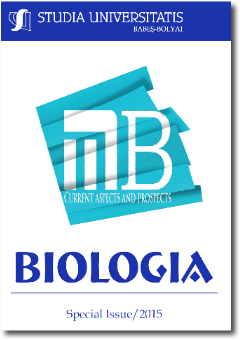How to win a Nobel Prize: stumbling on the secret of cell division
Abstract
I grew up in Oxford wanting to be a scientist, loving gadgets and processes like melting lead pipes or electrolyzing salt solutions to make poisonous and explosive gases. Luckily, I had excellent teachers who channeled these enthusiasms into a deeper and more formal understanding of chemistry and biology (physics, alas, was beyond my grasp) so that it was possible to study at Cambridge University and carry on there with a Ph.D. in biochemistry, on the business of the control of haemoglobin synthesis. I’ll explain how I arrived at this—it was an accident—and also where I pursued the subject. It took ten years, many interesting side roads, a lot of travel and a devastating fire to solve the problem of how the synthesis of haem was coordinated with the synthesis of globin.
Downloads
Published
How to Cite
Issue
Section
License
Copyright (c) 2015 Studia Universitatis Babeș-Bolyai Biologia

This work is licensed under a Creative Commons Attribution-NonCommercial-NoDerivatives 4.0 International License.





